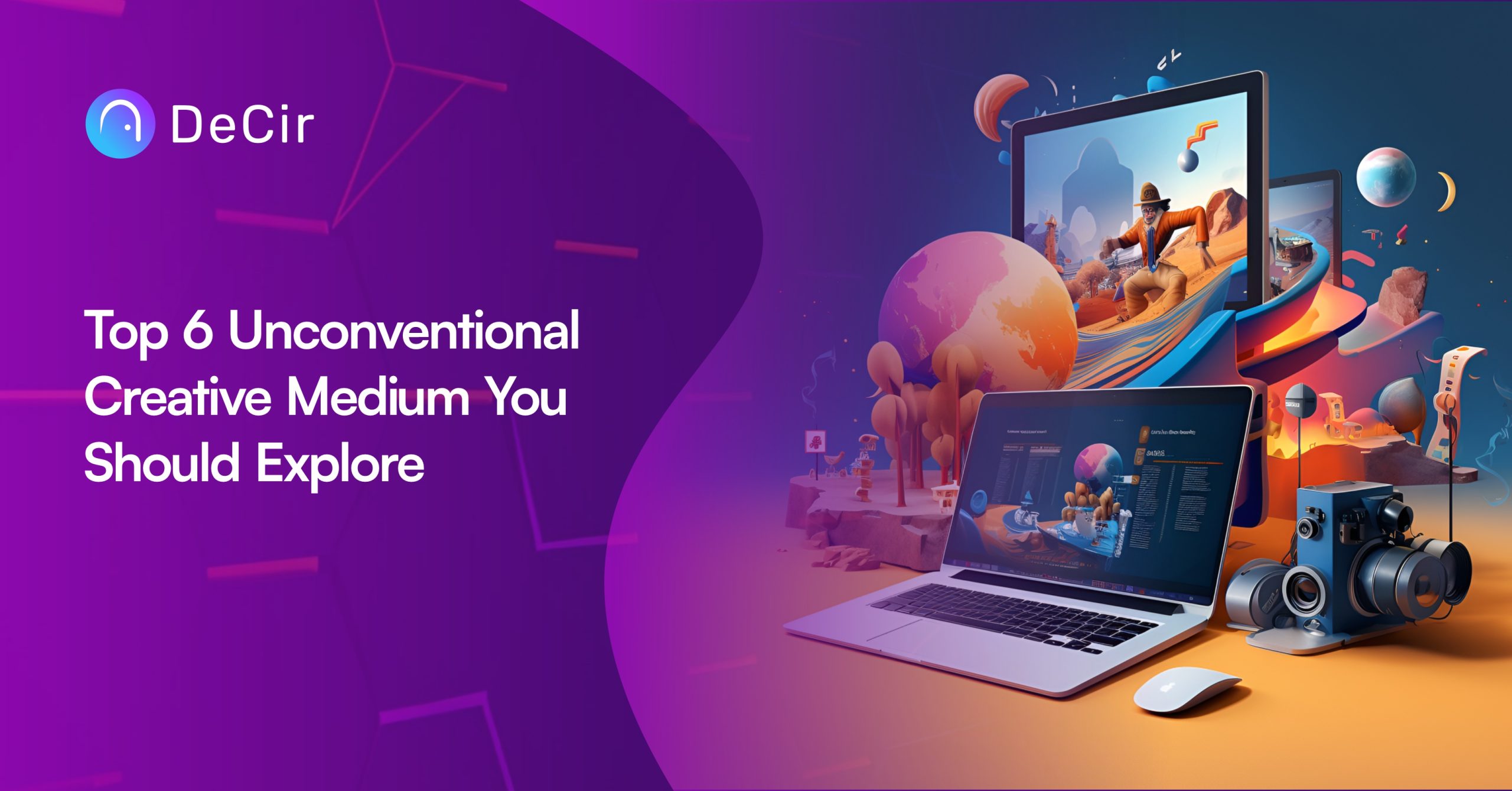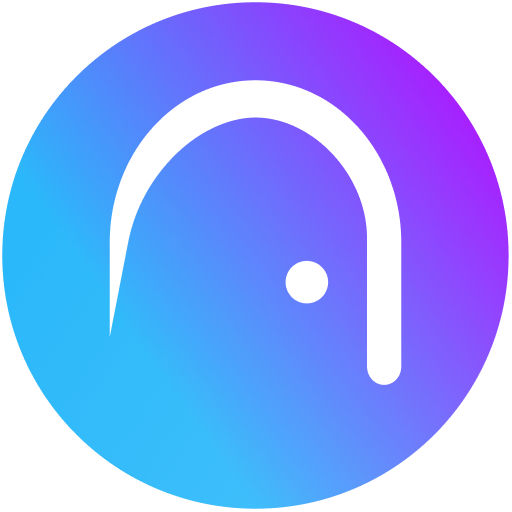Artistic expression has always been a fundamental part of human culture, evolving alongside technological advancements and shifts in societal norms. While traditional mediums like painting, sculpture, and literature have long held a revered place in the world of art, there is an ever-growing fascination with unconventional creative mediums that push the boundaries of artistic expression. These alternative forms of expression challenge the conventional and encourage artists to explore uncharted territories, redefining what it means to create art in the 21st century.
TL;DR
- Unconventional creative mediums, like NFTs, BioArt, and data visualization, are reshaping the art world, challenging traditional notions of art and ownership.
- Artists are exploring the realms of VR, AR, urban art, and soundscapes to create immersive and thought-provoking experiences that engage with technology and the environment.
- These alternative mediums push boundaries, spark discussions, and redefine the very essence of art, inviting us to embrace a future where creativity knows no bounds.
Digital Art and NFTs
The digital revolution has given birth to a new era of artistry. Digital artists use software and computer programs to create stunning visuals, animations, and interactive experiences. What’s even more groundbreaking is the advent of Non-Fungible Tokens (NFTs), which allow artists to authenticate and sell their digital creations as unique pieces of art. This fusion of technology and art has sparked intense debates about ownership, value, and the very nature of art itself.
BioArt
BioArt delves into the living world, where scientists and artists collaborate to create living organisms, or manipulate existing ones, to provoke thought and emotion. This medium explores themes like genetic modification, bioethics, and the relationship between humans and the natural world. BioArt challenges us to reconsider our role as stewards of the planet and raises questions about the boundaries between science and art.
Also read: Innovative ways brands are using NFT today
Virtual Reality (VR) and Augmented Reality (AR)
VR and AR technologies enable artists to create immersive experiences that transport viewers to entirely new worlds or alter their perception of reality. These mediums offer boundless possibilities for storytelling, education, and artistic expression, making them exciting platforms for artists seeking to challenge traditional boundaries.
Urban Art and Street Installations
Street art has evolved beyond graffiti and murals to encompass large-scale installations that interact with urban environments. Guerrilla artists transform everyday streets, buildings, and public spaces into canvases for their creativity, sparking conversations about art’s accessibility and its power to change how we perceive our surroundings.
Soundscapes and Sonic Art
Sound, often overlooked in traditional visual art, takes center stage in soundscapes and sonic art. These mediums explore the auditory world, using sound as a tool for storytelling and emotional expression. Artists create immersive experiences that envelop the listener in a sonic journey, challenging our understanding of art’s sensory dimensions.
Biofeedback Art
This emerging medium leverages technology to connect the artist’s physiological responses, such as heart rate or brainwave activity, to their artwork. The resulting pieces offer a unique window into the artist’s emotions and thoughts at the moment of creation, blurring the line between art and the inner self.
For You: Top women NFT Projects You Should Know
Conclusion
Unconventional creative mediums challenge the status quo and provoke thought-provoking discussions about what art is and can be. They invite us to explore new perspectives, engage with complex ideas, and embrace the ever-evolving landscape of artistic expression. As technology continues to advance and society’s values evolve, we can only anticipate the emergence of even more unconventional mediums that will inspire artists to push the boundaries of creativity, challenge conventions, and ignite our imaginations. These uncharted territories hold the potential to shape the future of art in ways we can scarcely imagine, reaffirming the enduring power of human creativity to innovate and inspire.


